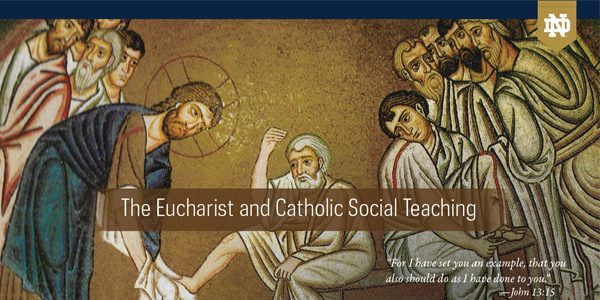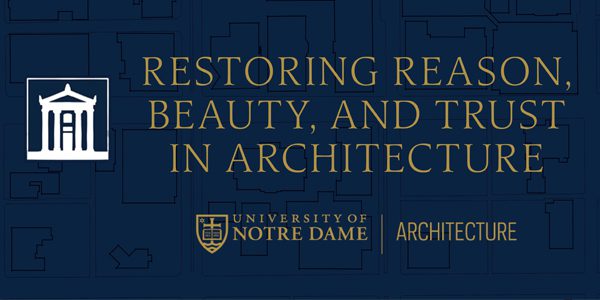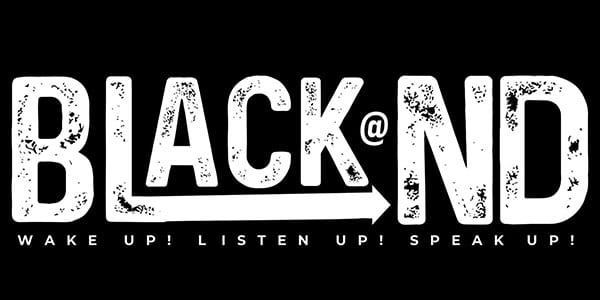Where We’re Going: Sports – Global Viewpoint
Subscribe to the ThinkND podcast on Apple, Spotify, or Google.
Featured Speakers:
- Carol Callan, USA Women’s Basketball National Team director
- Dr. Daniel Medina , Chief Medical Officer, Monumental Basketball
- Sitapha Savané, sports commentator, Movistar+
- Chris Stevens, Co-Founding Director, Inspired Leadership Initiative at the University of Notre Dame, and Professor at the Mendoza College of Business at the University of Notre Dame
The final session of Where We’re Going: Sports touched upon the impact of the coronavirus pandemic on athletics at an international level. Carol Callan began the introductions by sharing her perspective, which included the ramifications of Covid-19 on Olympic athletes. She expressed the disappointment of women whose Olympian opportunities were taken away from them, as well as the anxiety that came from the burden of unknowns regarding future chances to compete. Callan described a conflict between the desire to stay safe and to play basketball.
Daniel Medina touched on a very similar idea while describing the concept of the “bubble” that the NBA used in order to have a season. While players were obviously grateful for the opportunity to continue doing what they love, he admitted that the social isolation from family proved to be a considerable burden for most athletes. Still appreciative of the season’s success, Medina succinctly said, “The experience in the bubble was really positive, but also super taxing for everyone” (13:50).
Speaking about the pandemic from a Spanish point of view, Sitapha Savané offered the most foreign perspective. He remembered that in March 2020, every league and federation was debating what precautionary steps to take; however, after the NBA decided to stop playing, it “freed everybody else to be able to make such a harsh and big decision at the time and also stop” (15:42). Although perhaps a follower at the beginning, Spain eventually became a leader and demonstrated a strategy which inspired what the NBA would later refer to as the “bubble”.
Chris Stevens then asked his guests what training programs had been established for the athletes, given the indefinite length of the off-season. Both Medina and Callan noted that personal trainers and continued individual practice was standard for their athletes, and unfortunately all connections and team chemistry had to be maintained virtually. Callan discussed how the culture of the team – a critical piece to its success – is upheld by the players, and the continuity of the program relies on the camaraderie this tradition creates.
The quarantine and off-season challenges Savané mentioned next were more tangible; players in Spain tended to live in smaller apartments, and when the government banned access to local parks, there were hardly any ways for the professional athletes to maintain their high level of skill and fitness. Thus, the biggest concern when sports were reintroduced was the possibility of injuries that might come from a rapid transition back to peak performance. Since clubs in Spain are structured as feeder programs in the younger age groups, youth sports took an identical hit to that of the professionals. Savané admitted that discipline was hard to maintain with only virtual contact and Callan agreed, sharing that her best effort to encourage the youth to continue developing their skills was creating an online program to help preserve fitness and basketball skills.
Later on, Medina touched upon the idea of “career preservation”, which was a strategy used in longer sports seasons that benched some of the elite players in order to rest, meanwhile giving other players an opportunity to gain more experience. While the media tended to see this as strict management, Medina described that in reality it was used to enhance both the performance and potential of their players. Callan also discussed the possibility of a FIBA Network, serving as an outlet to both compete with other teams and make them better.
In their closing remarks, the panelists discussed how Covid-19 forced many to step up as leaders so that sports might persevere through such unprecedented times as these. Savané emphasized that crises reveal huge potential for innovation. Each guest shared what made them optimistic, and the commonality between them all was the hope that new knowledge from the current situation could be implemented in the future alongside reinstallations of old aspects of the industry.
- While the concept of the “bubble” seemed to be an illusion of regular life, it came with its own burdens and social unrest for those within.
- Once the NBA decided to stop playing in March 2020, major leagues worldwide were given the confidence to follow suit.
- Although most athletes in the Americas were forced to train alone at home during their off-season, athletes in specific European countries weren’t even able to train outside.
- In addition to efforts surrounding professional sports, many efforts have been made to encourage the youth to have the discipline to stick with their sports through the isolation of the pandemic.
- Despite the unfortunate effects of Covid-19, some beneficial, long-term insight did arise thanks to leaders who pursued the preservation of sports creatively.
- “The experience in the “bubble” was really positive but also super taxing for everyone.” — Daniel Medina, 13:50
- “The biggest concern was actually on the injury side , which almost trumped the part about Covid.” — Sitapha Savané, 25:24
- “Covid has exposed the fragility of the societies that we have built and how some areas of our society are being really affected by Covid.” — Daniel Medina, 51:07
- “I think a lot of the lessons learned during this period of time will be of use once we get past the toughest moments of this crisis.” — Sitapha Savané, 52:39
- “I think teamwork is the key to advancing societies and the world.” — Carol Callan, 53:55
Related Content
Eucharistic Abundance and Social Regeneration
In 2022, the United States Conference of Catholic Bishops (USCCB) announced that the Church in this country would undertake a Eucharistic Revival, as a way to bolster Catholics’...
View EventHow Cities Speak To Us
Professor Emily Talen joins the School of Architecture to share her work at The Urbanism Lab and its focal point at the University of Chicago for the study of the built...
View EventThe Black National Anthem & Parent’s Signing Off On Children Reading Black Books
In this week’s episode, Isaiah and Tykiera talk about some tweets about Black people that took Twitter by storm. They also talk about The Black National Anthem, Lift Every Voice...
watch video


